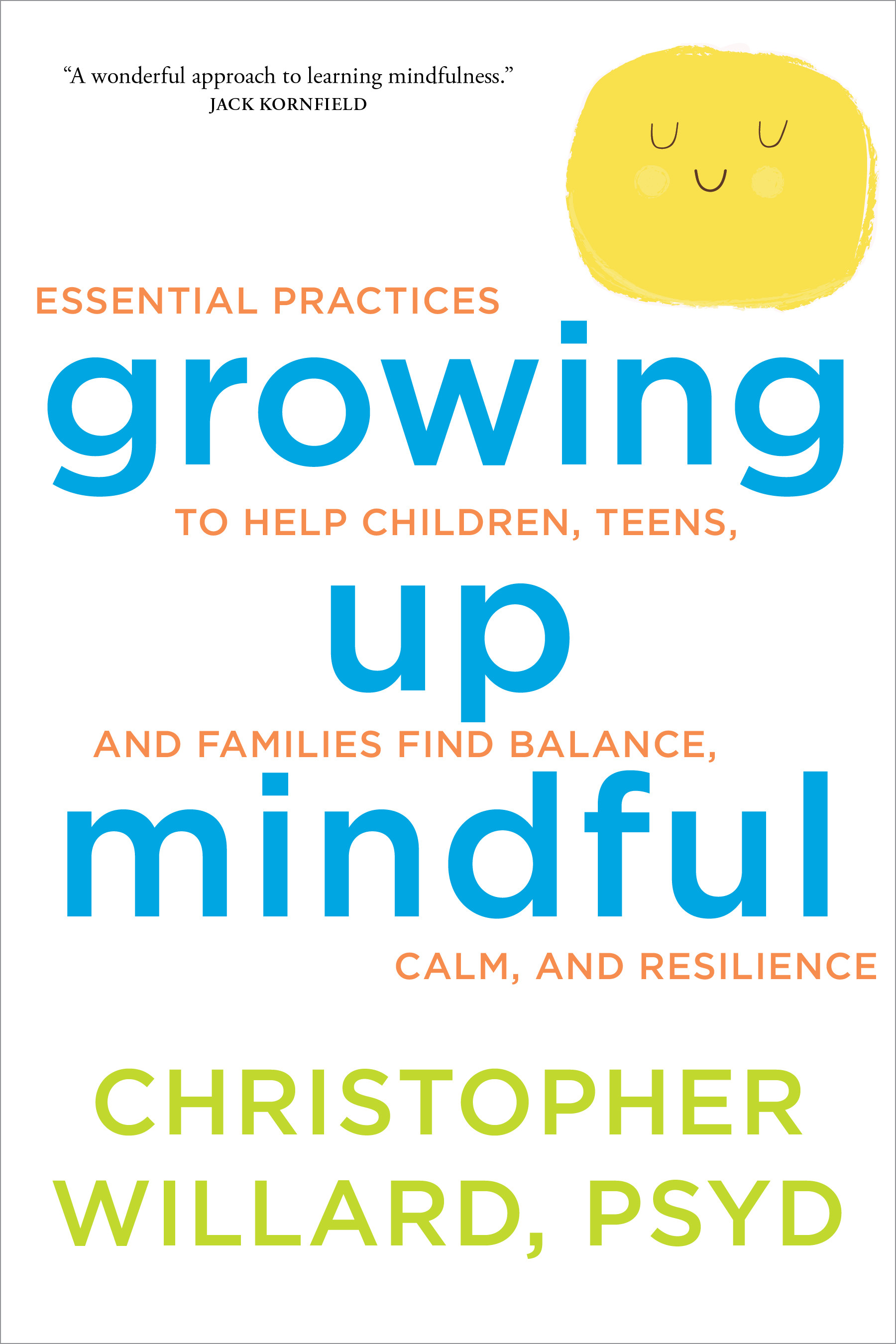Convincing Skeptics to Try Meditation
By Jill Suttie
Two new books aim to bring mindfulness to two resistant groups: children and lawyers.


Two new books aim to bring mindfulness to two resistant groups: children and lawyers.
Mindfulness meditation has its fair share of skeptics. Perhaps some envision it as a kind of New Age-y practice of sitting on a cushion and contemplating their breath while holding an impossible lotus pose. Who has time for that?
Now, two recently published books make the case that mindfulness meditation can be incorporated into practically anyone’s life. Targeting two notoriously reluctant groups—children/teens and busy professional attorneys—these books provide lots of practical advice and specific exercises for starting a mindfulness practice…even when you think it’s just not for you or you don’t have time.

Christopher Willard’s Growing Up Mindful focuses on children and what parents can do to encourage them to be more mindful. He suggests that parents introduce mindfulness by tapping into the things that concern their kids most—sports, art, friendships, or academics—and then demonstrating how mindfulness can make these more enjoyable or productive, while preparing kids to cope better with setbacks when things go wrong.
Too often kids respond to challenges by checking out, distracting themselves, or lashing out at others, argues Willard. But mindfulness has the potential to help kids understand and soothe their emotions more effectively than resorting to drugs, mind-numbing video games, or bullying. Practicing mindfulness gives kids some freedom from their kneejerk emotional reactions, empowering them to make wiser choices—an argument that Willard thinks will be convincing to kids, especially teens.
“The idea that mindfulness strengthens us is an empowering one that resonates with today’s kids,” he writes. “Offering children the tools to find answers within, rather than by looking outside, is offering them the lifelong gift of independence.”
Teens may also be convinced by the science. Research suggests that practicing mindfulness helps activate our insular cortex, says Willard, which helps with emotional regulation and with self/other awareness. It also appears to affect parts of the brain involved in taking the perspective of others, memory, and learning. Telling kids about these benefits might inspire them to look at mindfulness as more of a scientifically proven practice, rather than a flakey New Age phenomenon.
But encouraging mindfulness in our kids shouldn’t mean pushing an agenda, Willard advises. He encourages parents to begin practicing meditation themselves and to show compassion toward their kids—being a good role model rather than forcing kids to meditate.
“The more authentic we can be, the more authentic and trusting our relationship with kids will be,” he writes.
Readers will find in Willard’s book many of the tried-and-true meditation practices featured in other books on mindfulness—sitting meditation, body scan, loving-kindness meditation, for example—but also less well-known practices that might appeal more to kids—such as mindful coloring, mindfulness games, or mindful movement. He also offers ideas to teachers about how to use mindfulness practices in the classroom. Many of the practices Willard outlines can be incorporated into everyday life, with some taking less than a minute a day—no doubt something parents and kids will appreciate.

In Jeena Cho and Karen Gifford’s book, The Anxious Lawyer, the focus is on convincing lawyers that mindfulness has a lot to offer them, especially when it comes to decreasing anxiety. Not only can mindfulness reduce stress in a traditionally high-stress occupation, it has the potential to help lawyers sleep better, improve client and other emotionally-laden interpersonal interactions, and enjoy their jobs more. All this research has led the American Bar Association Journal to tout the benefits of mindfulness to lawyers and led several law schools to offer mindfulness training.
Cho and Gifford, both lawyers by training, write from personal experience about how developing a mindfulness meditation practice has benefitted their work. For example, Cho recalls how staying aware of her own boundaries has helped protect her from burnout, and being mindful of her stress and sense of urgency when meeting with clients has helped her truly listen to them and better earn their trust and cooperation.
“Every client interaction can be an opportunity to manifest our highest intention as attorneys,” she and Gifford write. Yet, “if we aren’t in a healthy space, if we’re running on fumes, if we’re giving more than what is available to us, we can’t be effective. Understanding our own limitations and setting boundaries requires awareness.”
Their book is essentially an eight-week mindfulness course, peppered with practices one can easily do at home. What’s intriguing about the book is how the authors address some of the unique challenges faced by attorneys.
As they acknowledge, most lawyers are a bit obsessive—they practically have to be to become a lawyer in the first place. Yet, on the job, many elements of a case remain out of their control—like unsympathetic judges, incorrect documentation, and uncooperative clients. Mindfulness can help lawyers let go of the need for perfection and stop beating themselves up for losing a case.
Mindfulness “gives us the room to forgive ourselves for mistakes, make room for imperfection, and truly be our own best friends,” they write.
For those lawyers who want to give mindfulness a try—or, for that matter, any professional who feels stressed and overworked on the job—Cho and Gifford’s book could be the tool they need to start meditating.